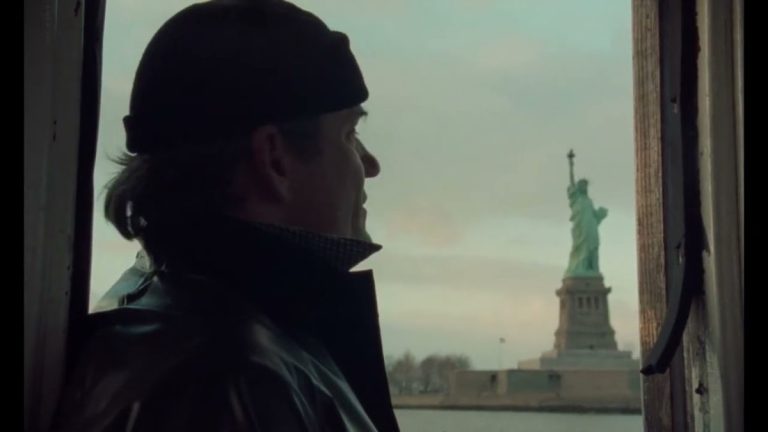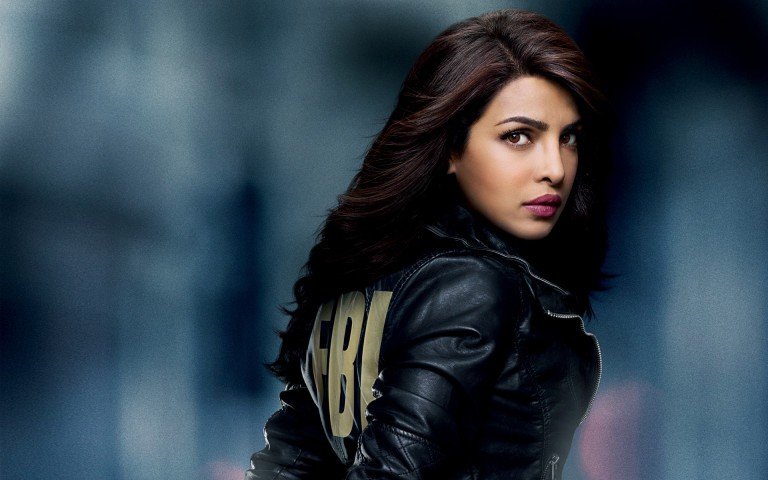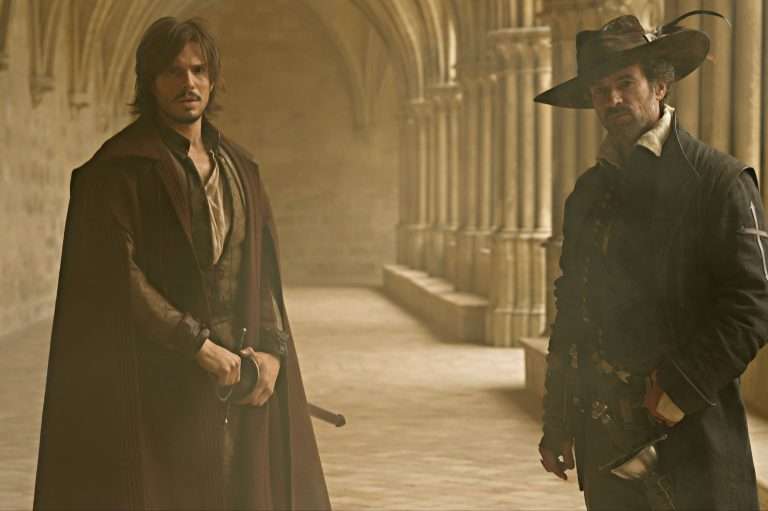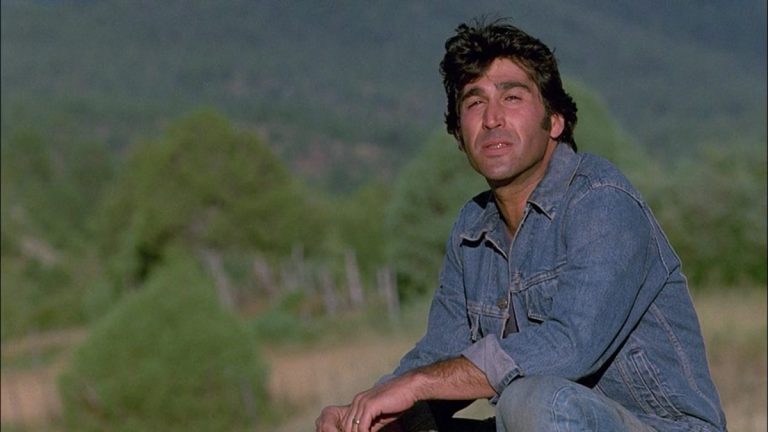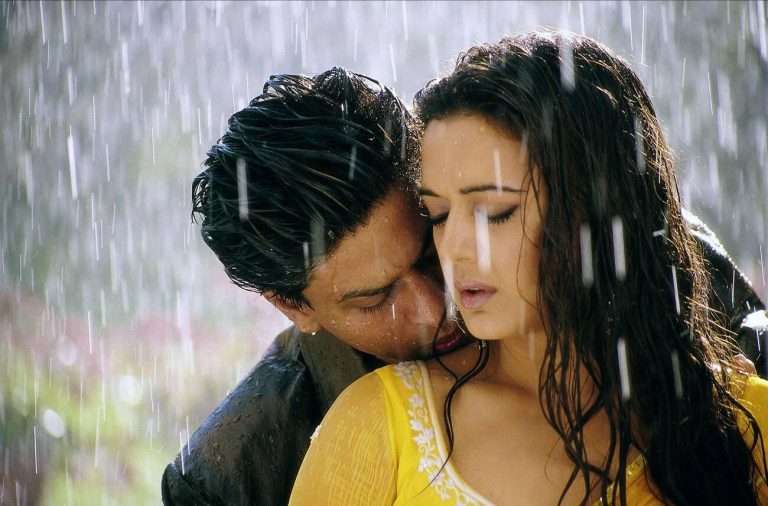In Hindi films, flashbacks occupy a critical role. Not only do they allow for the possibility of a non-linear narrative, but they also add a self-reflexivity to the story. So, it is also not uncommon to see a whole film play out as a flashback as a character reflects on the story. It is fair to say, however, that the flashback technique has been used both used and abused countless times in Hindi films. When done right, it helps to add another layer to the characters and the story. A minute detail is enough to make the film more than itself.
Flashbacks are also unique to the medium of films, coming as an extension of story writing. As a fact of life, the way flashbacks play out on screen is not supposed to make sense. And yet, while Anurag Kashyap would use it to pack hours of narrative through a flashback in “Gangs of Wasseypur” helmed by a voice-over bridging the story, someone like Abbas–Mustan would use it in the “Race” series just to invoke a sense of deceit among the audience by revealing crucial details through multiple flashbacks, no matter the substance.
Oftentimes, the technique is used to reveal specific character motivations or to justify their present actions. It is supposed to add another emotional layer to the story. While it does help in underscoring and emphasising character emotions, it can easily turn into a gimmick, as it does in many instances. On other occasions, an over-reliance on flashbacks can also put the viewers in an awkward spot. In Vikramaditya Motwane’s second outing, “Lootera” (2013), there is only one elaborate flashback sequence.
It appears early on in the second half as Pakhi (Sonakshi Sinha) struggles to write after having moved from Manekpur, Bengal, to Dalhousie following her father’s death resulting from the heartbreak caused by Varun (Ranveer Singh). After just having adjusted to the tonal shift of the breezy summer hues of Bengal to the darker, cold setting of Dalhousie, Motwane throws his audience back, one last time, to the world they are more familiar with and have a liking for. It is a world where there is still a possibility of love blooming between Pakhi and Varun.
The scene plays out right after Pakhi meets the police inspector, KN Singh (Adil Hussain), who is looking for Varun. After denying KN Singh any information about Varun and choosing instead to move on, she goes back to her desk, where she has been struggling to write. The loss of heart has saturated her ability to tell stories. She keeps creating a thudding sound by dropping her pen on the table, which fills in the otherwise restrained surroundings of Dalhousie.
The faint sounds of Hemant Kumar singing Yaad Kiya Dilne Kaha Ho Tum on the radio drift her back to the only night she spent with Varun at her ancestral home. After the grimness of the hills, one wonders for a moment if this is in fact a dream. Perhaps that is how Pakhi would have wanted her story to continue – as a dream. But indeed, it is only her memory of the night playing out for us as a flashback.
We see Varun masked behind the mosquito net. He asks Pakhi if she is writing a story. We do not see Pakhi in the memory just yet. Instead, there is a cut to Pakhi in Dalhousie, feeling disbelief and rage all at once, still making the thudding sound. When Varun insists again, we get to see Pakhi in the flashback responding while scribbling in the diary, not caring to look up.
Read More Related to Vikramaditya Motwane’s ‘Lootera’: 50 Best Hindi Films of the 21st Century
The whole exchange takes place in a series of mid-shots as Varun, in a restrained, flirtatious tone, tries to enquire about what is being written. The mellow piano-based score adds to the setting. Even though the conversation is about some fictional characters that Pakhi might be writing about, indeed, it reveals what each of them is feeling, or hiding from the other.
Motwane frames Varun in Lootera from outside the mosquito net, while Pakhi, who is sitting outside of it, is framed from within the net. They occupy two different physical spaces, but their bond is what brings them to the same place. As it would do in Dalhousie in the moments to come. But for now, their existence is mutually dependent.
Through the sequence, we see Varun from three different angles, but for Pakhi, it is just one. It is obvious that Varun has more to him than he is showing. He has many other sides to him that are just not visible to Pakhi as yet. It is accentuated further with Varun being slightly out of focus behind the net, while there is a clear focus on Pakhi through it. There is a purity and innocence to Pakhi that does not match up to Varun’s story, which is hidden behind a lie. That is, until Varun decides to drop the mask and come out of the net.
We see the pair in a two-shot sharing an intimate connection, still, through a fictional story they are conversing about in almost a whisper. Each word in Lootera is carefully measured, so as not to leak beyond the confines of the room. It almost feels like a crime to eavesdrop on this intimate moment. Varun does not dare to refer to their lives as they are. He knows what his true intentions are, and yet can’t stop himself from falling for Pakhi. So he takes solace in a fictional story Pakhi is writing.
His dialogues are intercut with Pakhi, with an unsure pen in her hand, sitting on her desk in Dalhousie, making sense of what she has been through. She starts to scribble, the camera closes in on the pair, and as the music reaches a crescendo, Pakhi violently strikes off whatever she has written and throws it away. She is finally back in the present day. And we come back to Dalhousie for good with her. The feeling of being left alone now gives way to clarity. The feeling of love she was still holding back on has given way to the need for closure, and she decides to call Singh, revealing Varun’s plan as Geeta Dutt hums to the tunes of Tadbeer Se Bigdi Hui on the radio.
Throughout Lootera, this sequence stands out as it correctly emphasises the dilemma faced by Pakhi about the person she once loved, probably still does, but who broke her heart and caused her father’s death. Coming in the second half allows it to act as a reminder of how beautiful her life was just a few moments ago and how it all went downhill. More than anything else, the use of the flashback is a great example of filmmaking where all elements come together to give life to a film.
The screenplay is assisted by the acting performances, which are enhanced by the staging that is conceptualised through the cinematography and translated through the editing. The music and the production design add another layer of depth to the scene. All of this comes together to create tension and a dilemma within the audience as well as the characters about where their allegiance lies. And all of it just through a perfectly crafted flashback.



